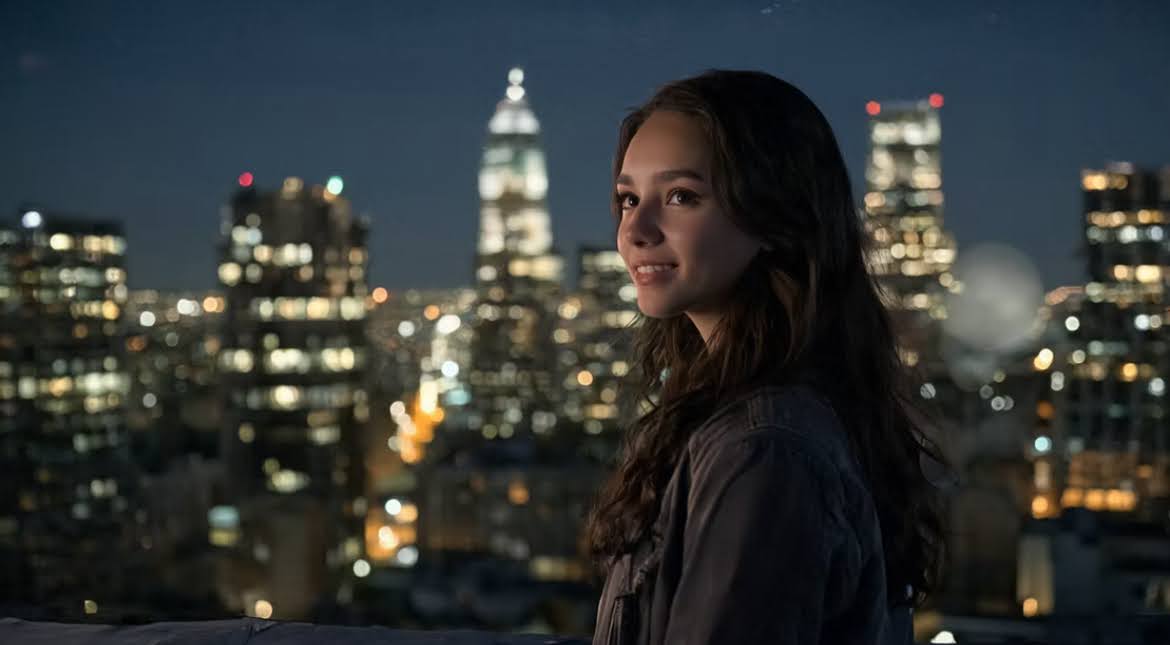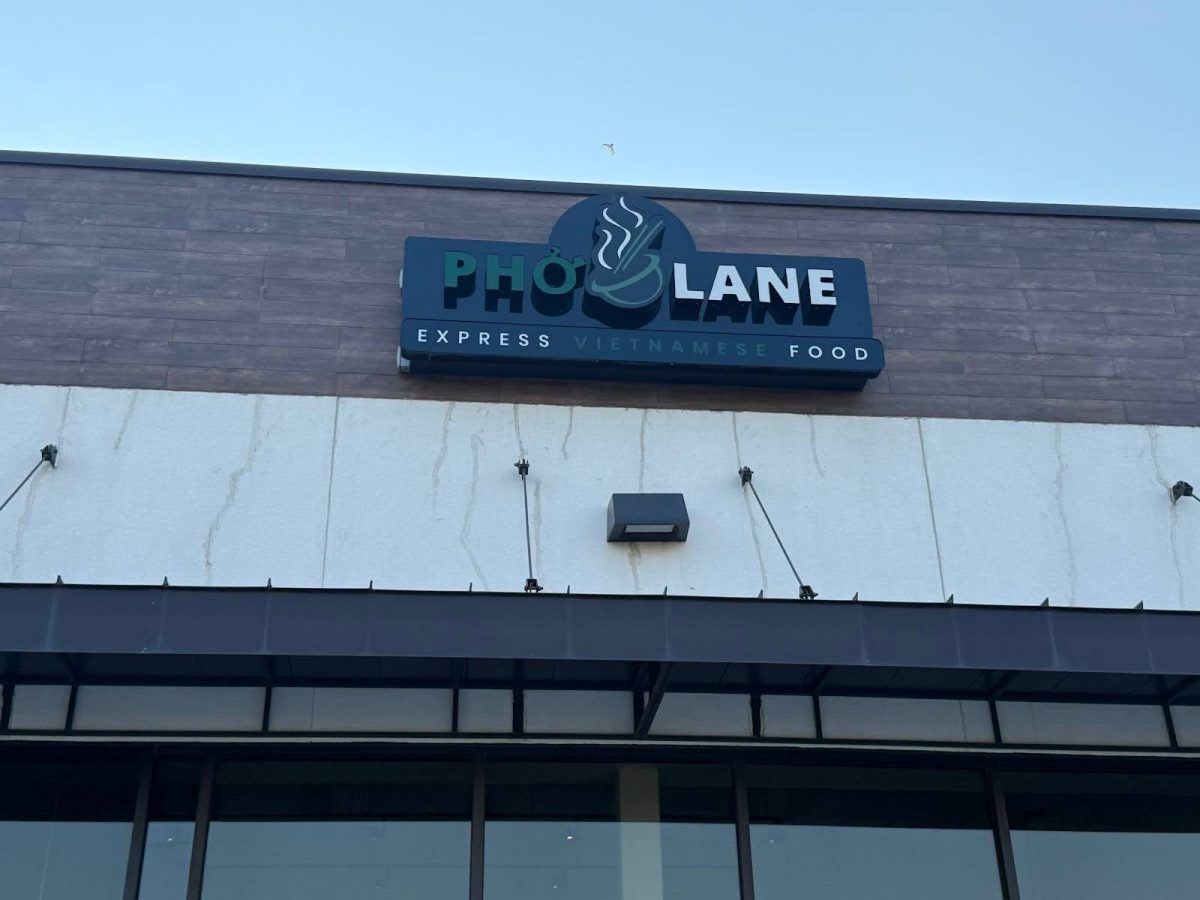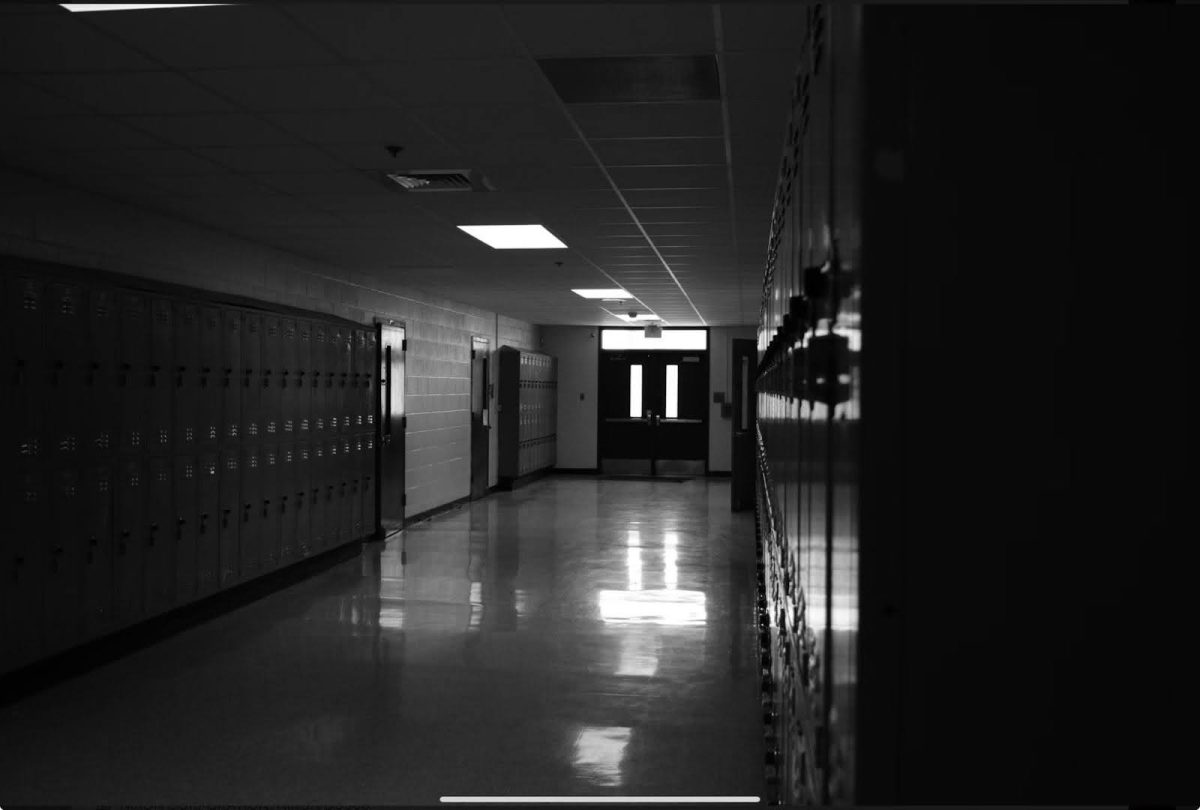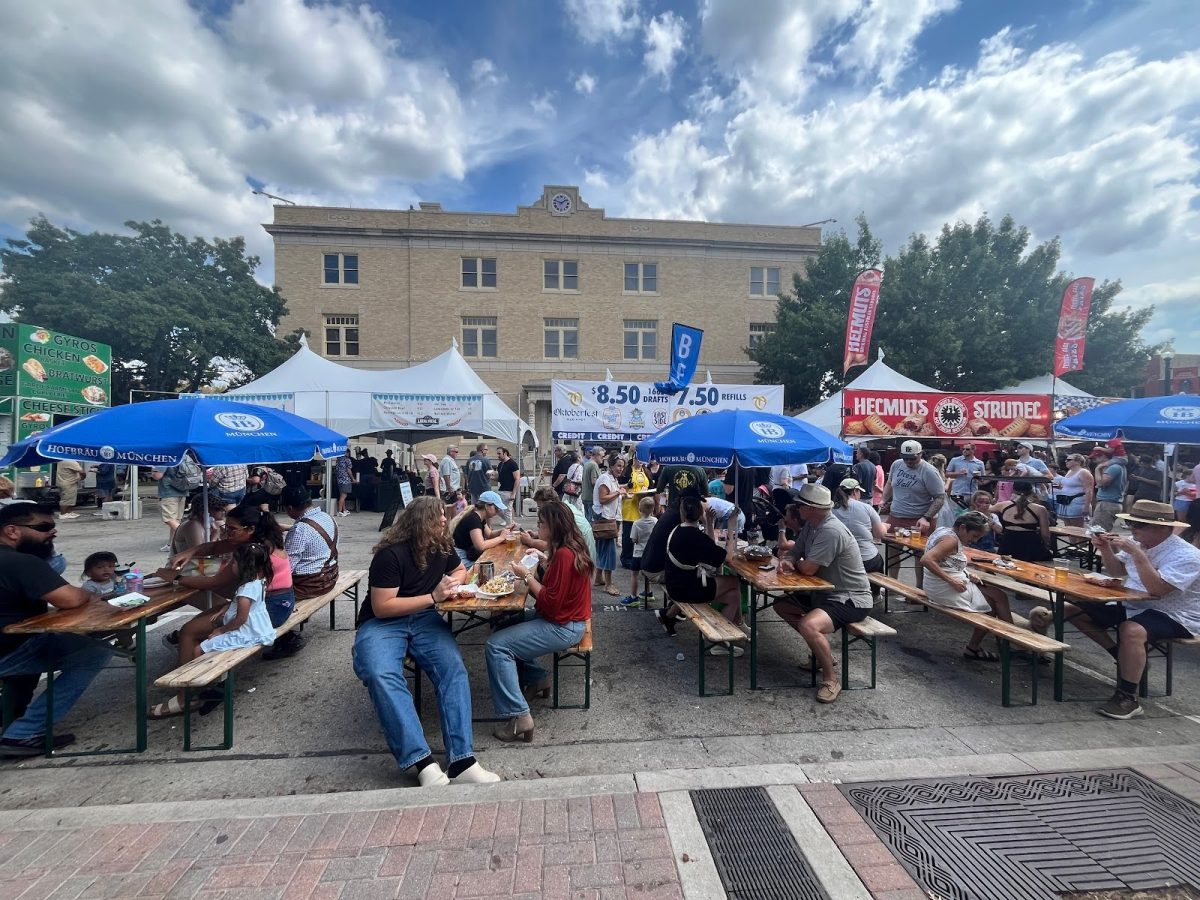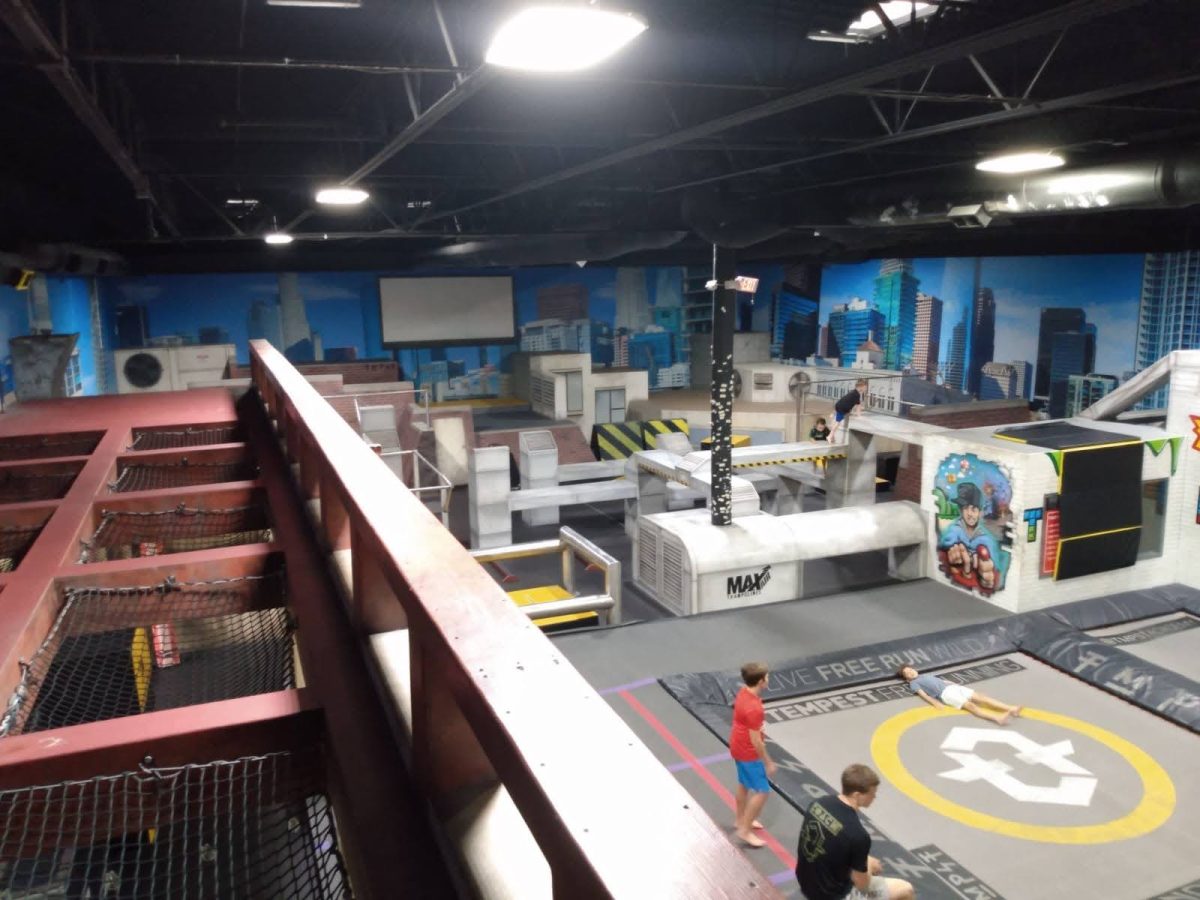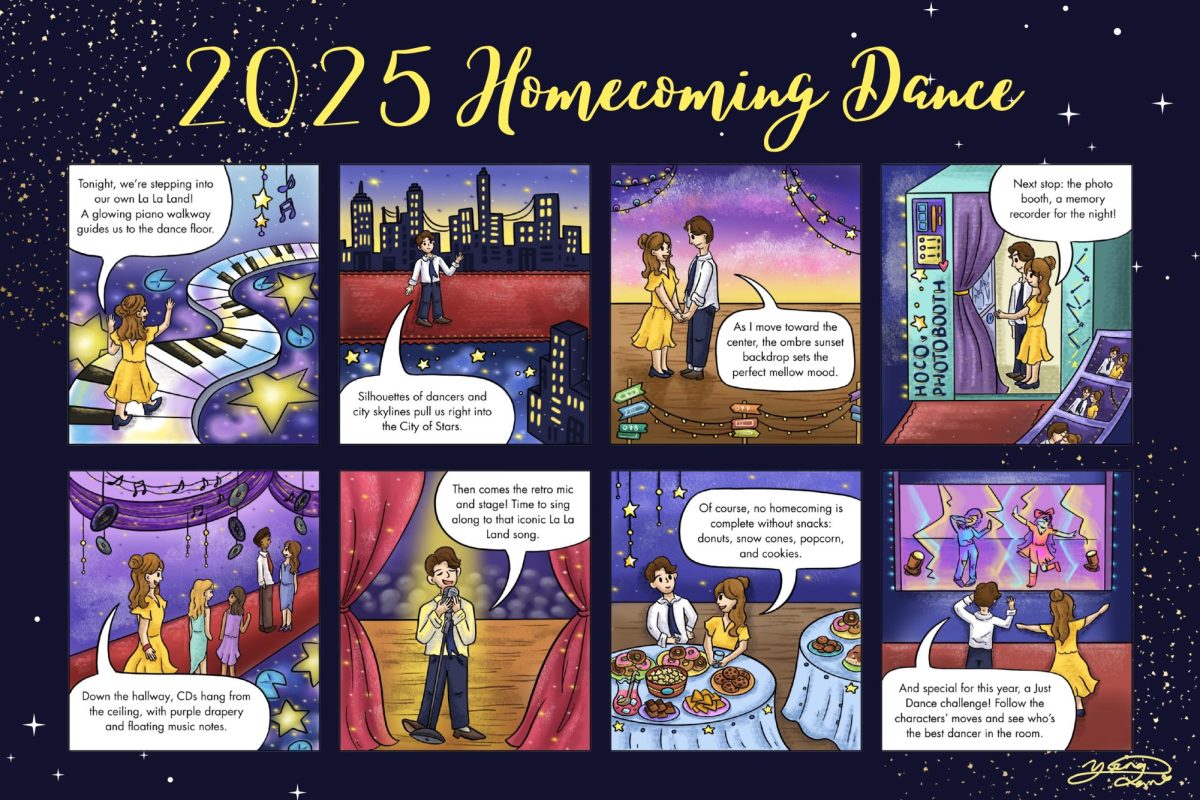Beyond the canvas: Countless roads to the arts
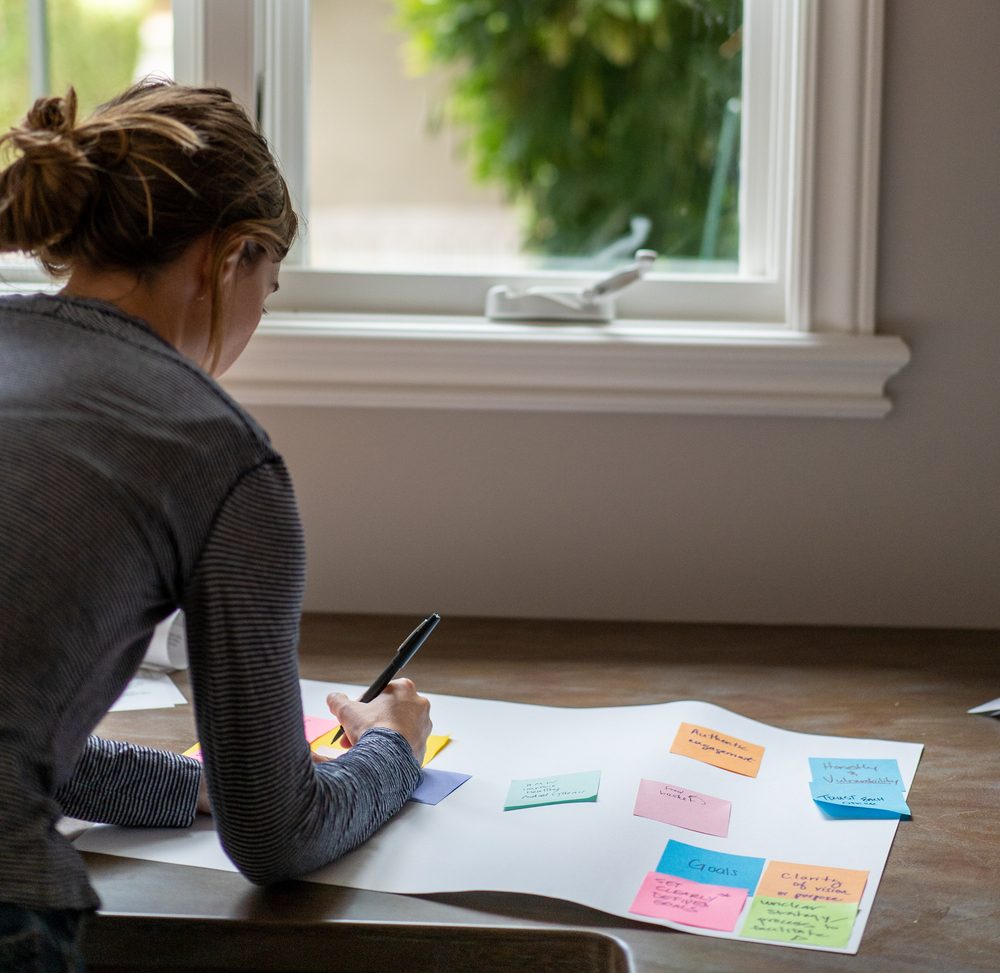
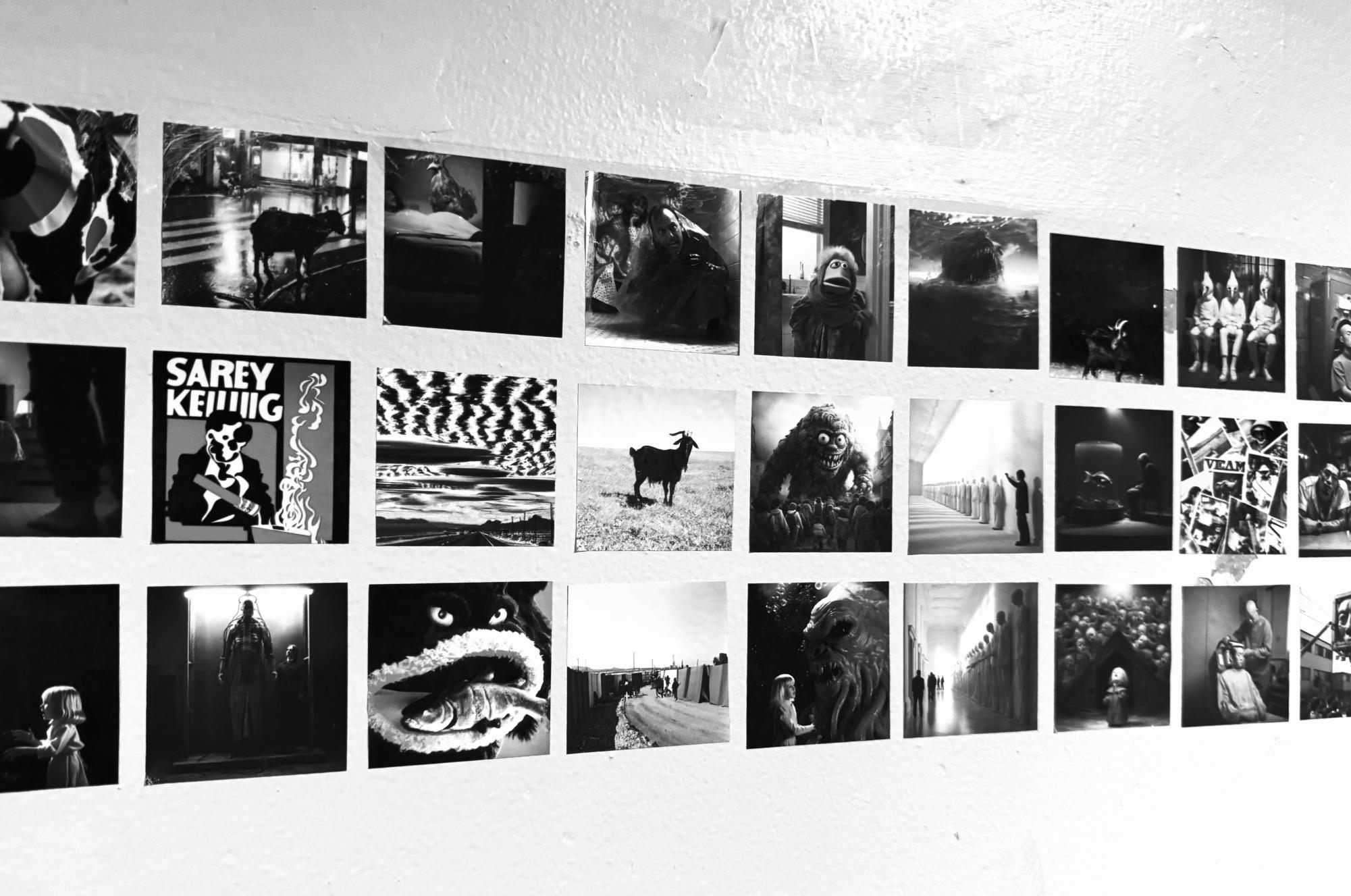
When people think of the word ‘artist,’ they tend to picture someone wearing a colorful apron and holding a battered wooden palette. However, according to the Oxford dictionary, art is, “the expression or application of human creative skill and imagination,” meaning that the road to becoming an artist isn’t only confined to a single pathway.
Art can be applied to diverse disciplines and sectors of society. Art is open for everyone to develop their own distinct applications, not just to those with niche skills in art or those pursuing art-related pathways in their career or educational journey. On that note, art can come in many forms: illustrating book covers, creating logos for businesses, or even teaching students. Below, this article will feature unique artists who have decided to incorporate art into their careers in potentially unconventional ways: Louisa Calhoon, a human-centered designer, Mia Rose Kohn, a junior at Yale University and an illustration editor from Yale Daily News and Amy Wang, a 24-25 Emerson graduate and sophomore at Rice University.

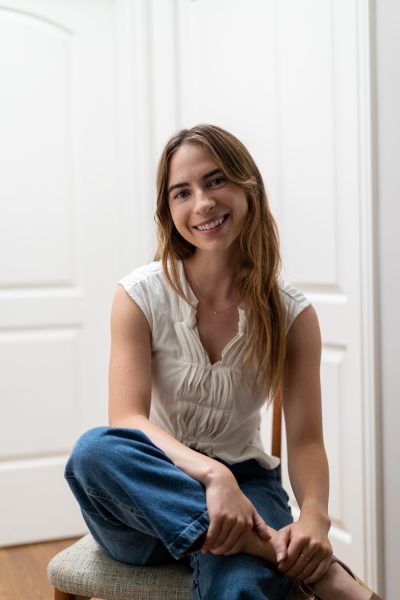
Louisa Calhoon, a designer with a focus on human-centered design, cares about
what design can bring to the world. With her passion for enriching people’s lives through design, she continues to work on empathy-driven and user-driven projects by collaborating with various communities and organizations.
“I currently work for a small design coaching and consulting firm called ILN, which stands for Innovation Learning Network,” Calhoon said. “We have a primary focus on social impact and healthcare, and bringing systems thinking and human-centered design into those spaces.”
Primarily spurred by the potential to have a positive impact in her community, Calhoon elaborates on her current project with the ILN.
“I graduated last year from college, and this whole year, I’ve been able to work on some incredible contract projects,” Calhoon said. “I love the project I’m on right now with the ILN. We’re doing design field work for a specific project called ‘Project 100.’ It’s a multiorganizational, community-wide initiative trying to create a healthier community for families in … the lower Russian River area (LRRA) by reducing the negative effects of toxic stress in 0 – 5 year olds.”
She shares an in-depth process and current progress behind Project 100.
“Using a systems map developed by the community [with facilitation from the ILN], we identified and gained deeper insight into the systemic interactions at play,” Calhoon said. “A key area of influence was found in the prevalence of substance use and its impact on parenting and, in turn, on children. Building on this, we conducted design fieldwork to better understand lived experiences and gather meaningful insights. We are now in the process of synthesizing that data and putting together a write-up.”
Such an initiative not only requires a mission-driven mindset, but also a drive to truly understand the audience a produced design is targeting.
“You slow down to understand people’s perspectives and their lived experiences and to truly understand the problem space. Then, you can use that knowledge to move forward in the design process,” Calhoon said. “Certainly, the empathy part and getting to understand the lived experiences makes my work very dynamic and always …interesting.”
At her liberal arts college, Scripps College, where she majored in media studies and art, Calhoon was introduced to a specific methodology called human-centered design, at the ‘Hive,’ a design center for the five Claremont Colleges.
“That [program] was an incredible experience. It honestly felt like a lot of pieces falling together, because the process, however messy and ambiguous, made so much sense in my creative mind,” Calhoon said. “I also loved this program because it not only taught me HCD and allowed me to work on some amazing hands-on projects, but it also taught me how to think critically about design both in the sense that HCD has both strengths and weaknesses, and sometimes is not always the best process for a project.”
Calhoon delineates the multidimensional aspects of human-centered design she discovered throughout her educational journey.
“Human-centered design has allowed me to apply [design] in a lot of different fields and … intersections,” Calhoon said. “The skills that you get from being an artist or a designer are so transferable and in general help you relate and understand the world. You know how to talk to people with diverse perspectives and backgrounds. You know how to collaborate with people. You know how to be compassionate and empathetic, then on top of that you have all of those technical design skills of using the software and tools.”
A transferable aspect of design led her to further realize the ultimate role of a designer in the real world, especially in a work setting.
“I think designers are really important in any team. Designers often will fill the role of facilitators,” Calhoon said. “We know how to bring together a lot of different people or [a] lot of different stakeholders, listen to them, make sure their perspectives are heard and then translate that into the design.”
Beyond serving as a bridge between different roles in work settings, designers have countless tasks and responsibilities to meet in order to carry out a successful project.
“Like any profession, a design career takes hard work,” Calhoon said. “There’s a lot of behind-the-scenes effort—building relationships, getting clients, [and] developing a portfolio. I don’t say that to discourage, but rather to normalize the process, and recognize the care that goes into the journey of designing a good product, service and experience.”
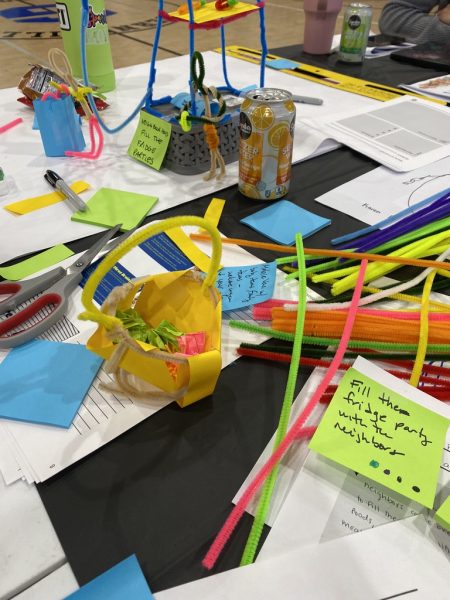
Despite any hardships design projects may entail, Calhoon strives to continue her mission-driven design work. She details her ultimate goals as a designer.
“I want to make people’s lives better. I strive to create with people so that the solutions, whether services, products or experiences, truly make life easier, safer and more joyful,” Calhoon said. “At the end of the day, I want design to bring more empathy and humanity into the world. Right now, that shows up in my work across visual design, human-centered design and systems thinking.”
To those who are early in their journey and unsure about their pursuit of a creative field, Calhoon offers her perspective about what it means to forge a profession in the arts.
“I would encourage them to pursue that creativity, and if it ends up being a creative career, that’s amazing,” Calhoon said. “It’s such an honor and a privilege to be able to pursue a creative career. I genuinely get so excited when I wake up on the day to interview someone for a design research project, or I get to design alongside a community member to create a prototype for something. And it gives me more joy when we bring people into that design experience.”
Calhoon articulates a versatile nature of design that makes her feel attached to the field even more. She plans to keep finding connections between design and other realms that will further add depth to her work.
“Design connects to everything. It helps people understand problems and test ideas in real life,” Calhoon said. “That’s what excites me most: design doesn’t live in isolation–it inherently intersects with other disciplines. It’s about weaving together different perspectives to create change, clarifying what we want to change and shaping how we go about it.”
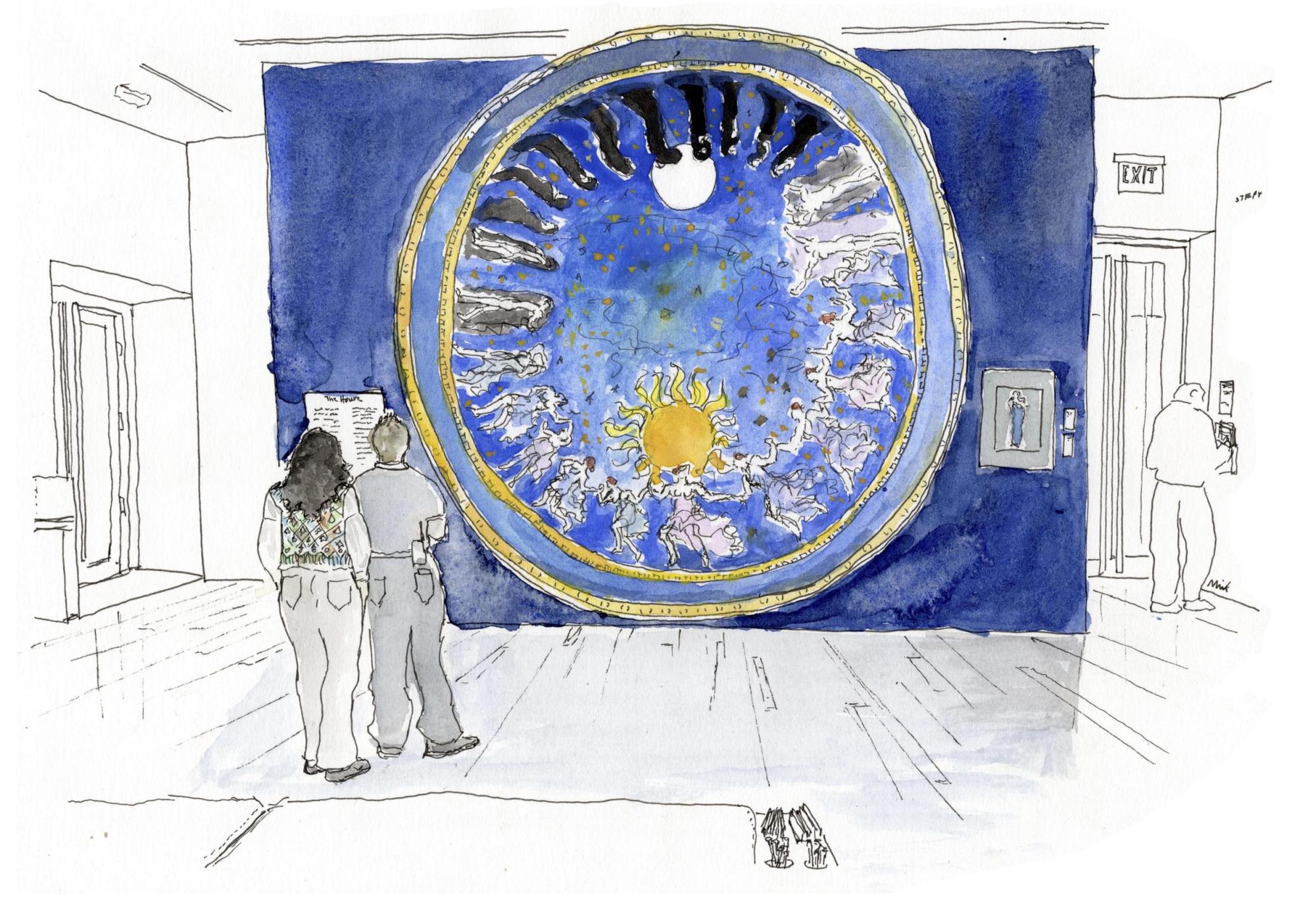
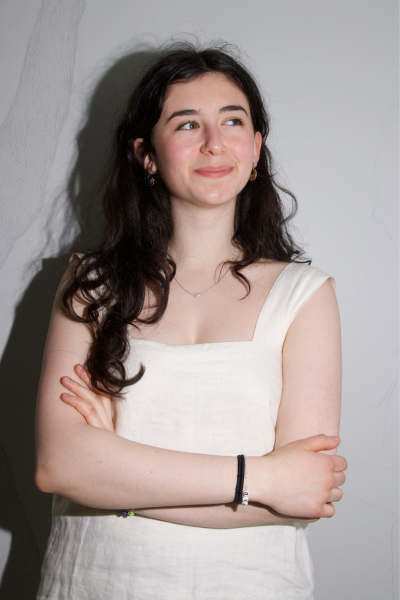
Mia Rose Kohn, a junior at Yale University, is a multidisciplinary artist. She’s the illustration editor of Yale Daily News, a journalist, musician, and puts in continuous effort to pursue rigorous academics. With her newfound love of being a cartoonist, she is always pursuing various opportunities to publish her work and enhance her skills and zeal for art.
“I have been an artist of many disciplines my whole life,” Kohn said. “I have been dancing ballet since I was one and a half, I grew up playing guitar, … classical trumpet and also singing and acting, and I still do many of those things. I almost went to school to study songwriting and guitar.”
While developing her multifaceted passion for art, she was also able to pursue interdisciplinary academic studies at Yale.
“My major has changed a lot since I arrived at Yale. I came in wanting to be an environmental studies major in high school. Then, I thought I would major in art history, then I thought I would major in film for a second, then in journalism,” Kohn said. “I eventually found a major that I absolutely adore, called humanities, which basically allows me to design my own curriculum … For me, that looks like a mixture of journalism and writing classes, history, art history and intellectual history, and then I still take climate science classes on the side.”
Outside of her classes, she can be found working for several newspaper and magazine platforms. One of these is the Yale Daily News, in which she serves as the illustration editor.
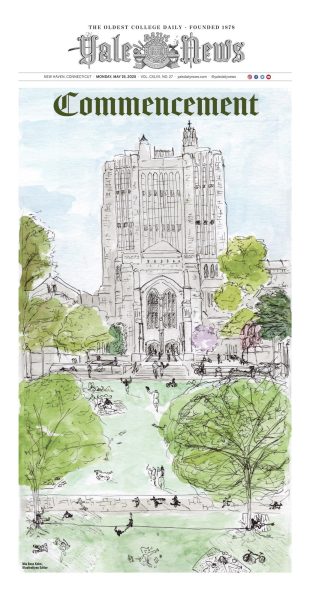
“I’m the illustrations editor of the Yale Daily News, which means that I’m responsible for managing a team of currently around 50 illustrators, and also contributing illustrations myself,” Kohn said. “We work as a team to work with our journalists to create alternative ways of interacting with our stories in visual arts. So, that’s a huge part of what I do, both as being sort of a community leader for other artists and a place where I contribute my art myself.”
However, Kohn’s love for journalism and art goes beyond the Yale Daily News platform.
“I also have started to publish my work professionally. I’m working as a graphic columnist for a newspaper called The Forward, which is a Jewish newspaper,” Kohn said. “Then also, I work on my art independently. So, I publish cartoons and comics in a variety of campus publications. I’ve gotten a couple grants and fellowships to work on graphic narratives of my own.”
As seen in her cartoons and illustrations for newspaper sites, her iconic drawing style is unique, effusing her own sense of creativity and perspective.
“Part of the reason I think I have developed a distinct style is because I do all of my illustrations by hand with pen and watercolor,” Kohn said. “Once I do those, it’s part of my job to figure out how to translate those digitally. So, everything that I illustrate, none of it is digital. It’s all done with paper, pen and watercolor.”
Committing to both academics and various types of art challenges Kohn to develop strategies to manage her time.
“All through high school and my first year of college, I was so conflicted about what I was studying and what I was doing. It wasn’t necessarily a choice between art or something else. It was just all of these different arts that I was so committed to, and also different academics, like I loved writing and journalism, and I still do,” Kohn said. “I still have doubts about where I’m headed, but eventually I just realized, it’s not worth fighting where you want to put your time. You can’t reverse-engineer the future and think, ‘Okay, where do I want to end up?’ … Even feeling like cartooning is a potential professional option is really only something that happened in the last three months.”
Her tasks as the illustration editor at Yale Daily News, executive editor of the magazine The New Journal and a cartoonist all share a common goal.
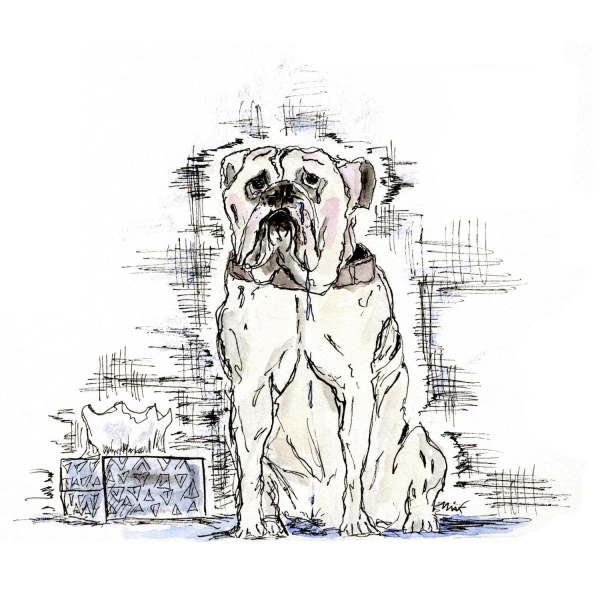
“I suppose my favorite aspect is that all of them involve taking in a bunch of information and creating a story with that information,” Kohn said. “That’s a process that is really challenging, but one that I enjoy a lot and one that feels very intrinsically meaningful in the sense that even if I write a comic that only a couple people see, or write an article that only 100 people read, … [I find it] really satisfying to me.”
Kohn believes that she wouldn’t have been able to reach this point in her life without her teachers. She places emphasis on how younger students should seek advice from their teachers.
“Teachers have changed my life more than you know. … Tell them how much you admire their work, because that’s how everyone learns. Everyone starts as a blind student, not knowing anything, and that’s how knowledge is transferred,” Kohn said. “I think the internet has sort of messed with our conception of how knowledge is transferred. … I think how you truly learn is by having someone to critique your work, answer your questions and address your anxieties.”
When pursuing the arts, it is easy to be influenced by the opinions of others. However, Kohn points out that it is ultimately the artist’s perspective and thoughts that hold the greatest importance.
“I think when we’re all being our wisest selves, we know that art matters because it matters to us, not because when we share it with an audience, someone tells us it’s wonderful. The way I feel about my art doesn’t change depending on how people react to it,” Kohn said.
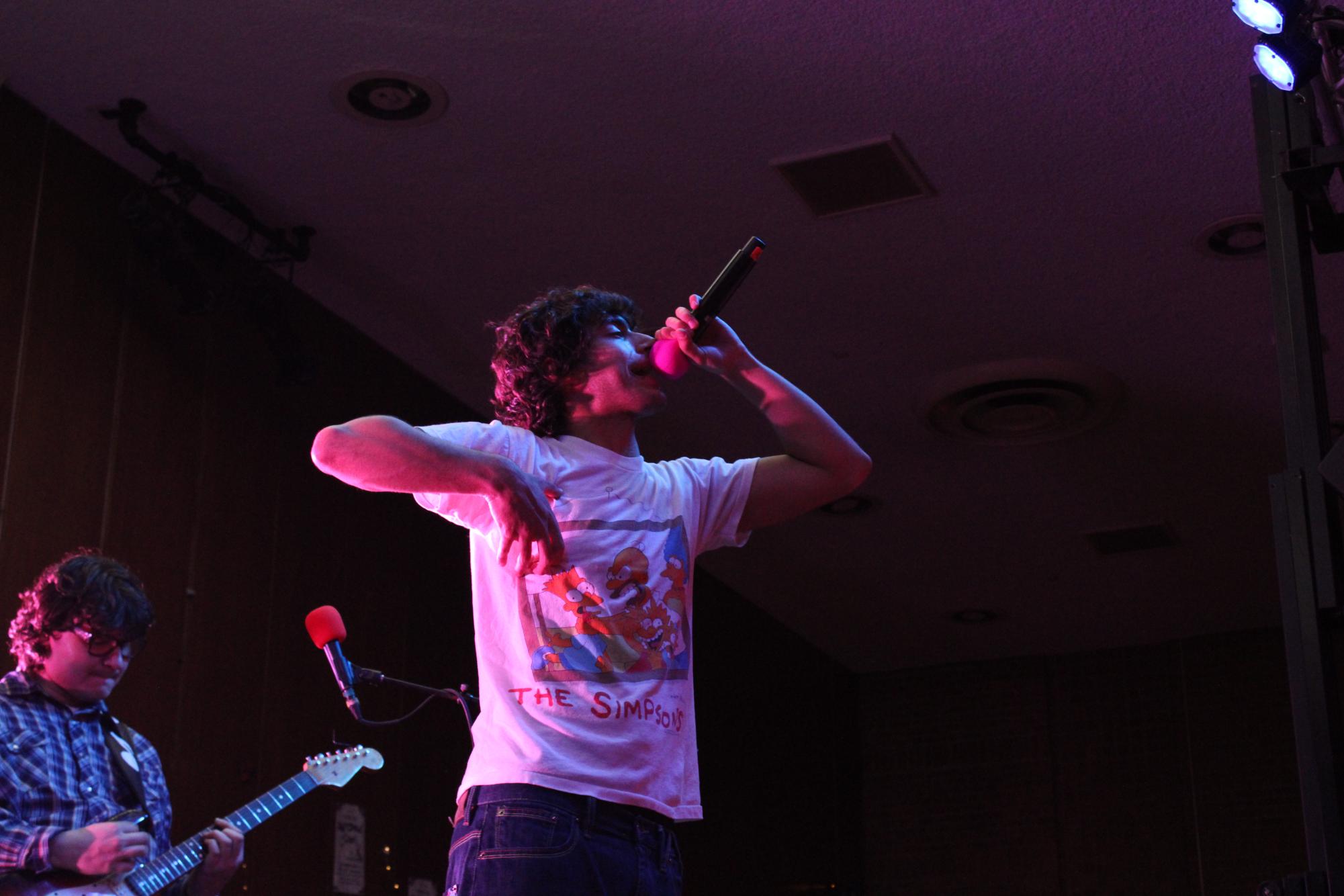
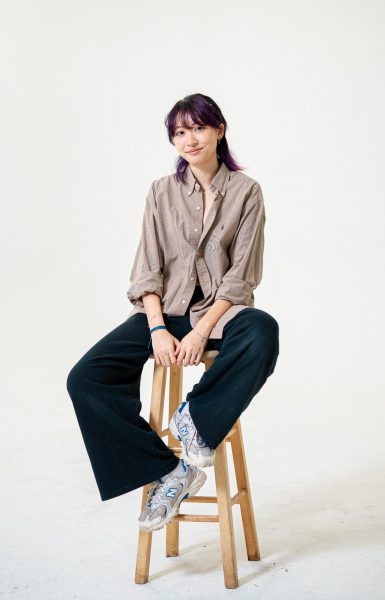
Amy Wang’s experience ranges from visual art and UI/UX design to engineering design. Wang is an interdisciplinary scholar studying at Rice University. Fusing her academic interest in STEM and creative pursuit of design, she searched for topics at the intersection of both.
“I’m studying cognitive science and art, as well as a minor in engineering design. What I’m trying to do is [to] combine all three of them together, with cognitive science addressing … how people interact with the world … and engineering design filling in for technical skill,” Wang said. “I also think that when you think through problems that are often thought of very scientifically or in a very engineering headspace, adding in [things] like art and … creativity helps a lot.”
Among an array of diverse classes Wang is currently taking, one specific course has led her to discover how to utilize design in her career.
“I’m currently taking a class [called] an Introduction to Human Factors and Ergonomics, which is the study of how people interact with the systems, products and interfaces around us in our daily life,” Wang said. “Eventually, I hope to find myself in either a space where I can look at this through the lens of accessibility and use it in education or patient care, or a creative space.”
With an emphasis on human factors and accessibility, she believes that art and design can play a huge role in inventing solutions for societal issues.
“I know that a lot of times in the scope of accessibility or in the scope of human factors, creative solutions are needed to address the problems that we see, and with that comes art, because you’re trying to understand all the context of what you’re working with and the process of solving that issue,” Wang said.
Besides taking a multitude of classes that support her pursuit of interdisciplinary interests, Wang seized a design opportunity within her extracurriculars.
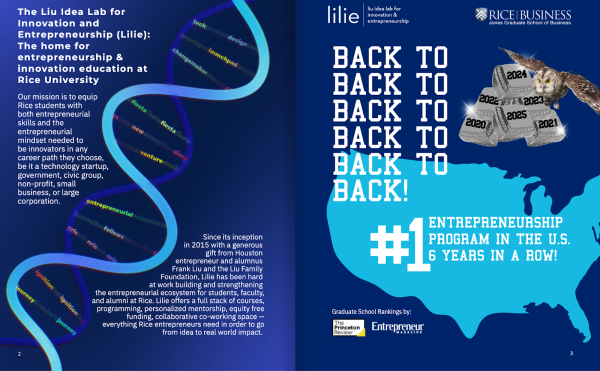
“Over the summer, I was a graphic design lead at the Liu Idea Lab for Innovation and Entrepreneurship at Rice. The project that I was working on [taught me how to do] storytelling through design,” Wang said. “Throughout that entire summer, I learned a lot about how to interpret a message that I was given and transcribe that into … a design.”
Delving deeper into different ways design can be utilized, Wang details her viewpoint of how design functions in society.
“I view design as a more collaborative medium, because I’m so interested in using it [from] the perspective of accessibility. I always think design is something that is shared with the community and something that you consider very deeply, because it’s going to impact a lot of people,” Wang said. “You want design to impact people positively, whether that’d be the design of how a space is set up [or] the design of how information is presented. I think the root of that, for me, means that the point of this system or this interface is to reach and be accessible to as many people as possible.”
Although Wang aims to consistently dedicate herself to her coursework and the diverse opportunities Rice University provides, she is also pursuing potential career options.
“My goals that I have for this year [are] I want to explore more places where I can put this [professional] interest of mine … into place,” Wang said. “There’s an organization called Design For America. They essentially do what I’m trying to do. They partner with local nonprofits, organizations or schools, and they address a design problem or an opportunity.”
She further provides details of what Design For America primarily serves to do, emphasizing how her current interests are a perfect fit for the organization.
“[For instance,] Design For America [worked] for the Rice [University’s] Coffeehouse. They designed little cup sleeves that had little hole punches,” Wang said. “They made … a sustainability initiative, [where] every single time you bring your own mug for a drink instead of having to use a paper, plastic cup, you get a star punched into the voucher. After 10 drinks, you get a free drink. So, it’s like [these] little things of design [here and] there [where] design and art bring people together, and that’s one organization that I’m going to [try] to explore.”
Wang discovered her love for art at a very young age, and having been drawn to art for a long time, she believes that art provides open access to anyone who seeks to pursue it. She provides encouragement to those who plan to go forth on their creative journey.
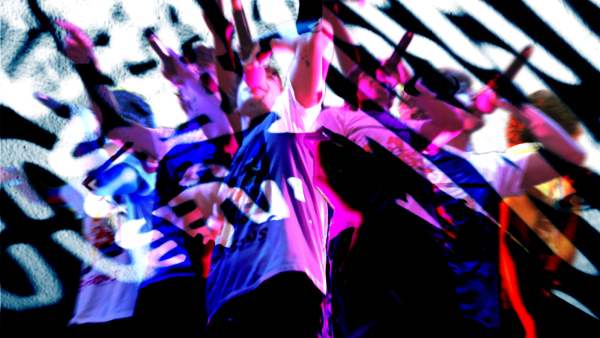
“The most important thing I would tell someone [interested in art] is that you do not need to compare your art to others in the sense of like, ‘I see other people doing art, and it’s so much better than mine, and I’m struggling to even make a fraction of that output,’” Wang said. “I think the most important thing to recognize is that when you create art for yourself, [and] you inherently already create that meaning and that value. So, you don’t need to rely on some quantitative measure or this outside perception to determine if your art is ‘quote, unquote’ good. If it makes someone happy, and that person is you, then you should make art, and that’s good art because it served its purpose.”

Although people’s passion for art and design may take different forms, these artists’ identities highlight that art is an open application for all. Just like Calhoon discovering her love for human-centered design through community collaborations, Kohn pursuing a broad spectrum of arts at Yale and Wang synthesizing her academic interests to work toward accessible designs, it is entirely up to people with creative passion to map out their unique pathways that involve elements of art and design to reach their academic and professional goals. Furthermore, art or design held different meanings to all of our interviewees, shedding light on how art doesn’t live by one definition but is developed by those who create.
Taking a childhood love for art to college studies or even professional careers in diverse ways opened up ways for these subjects to formulate their own application of art and thus discover the essential role of art in society.


